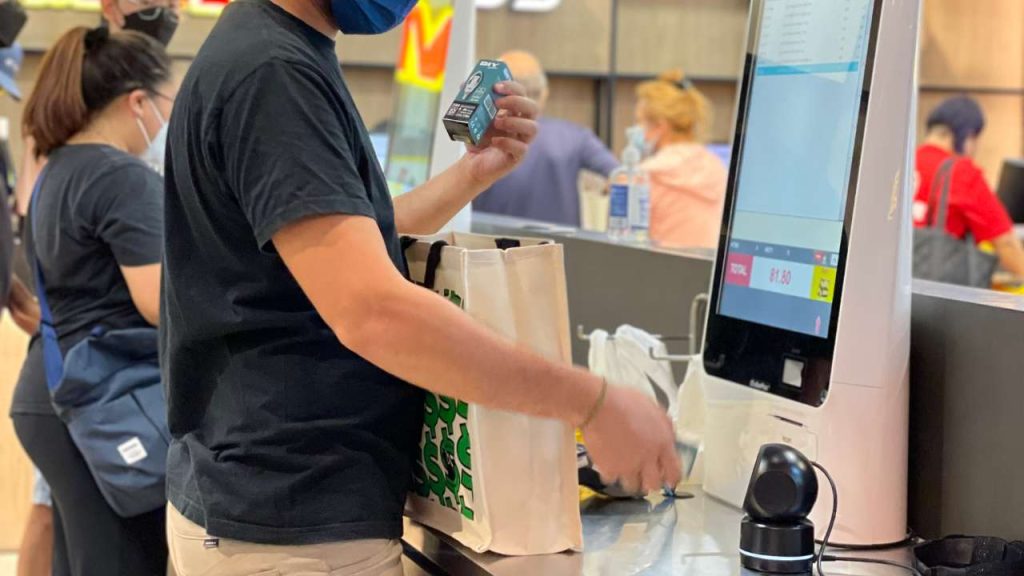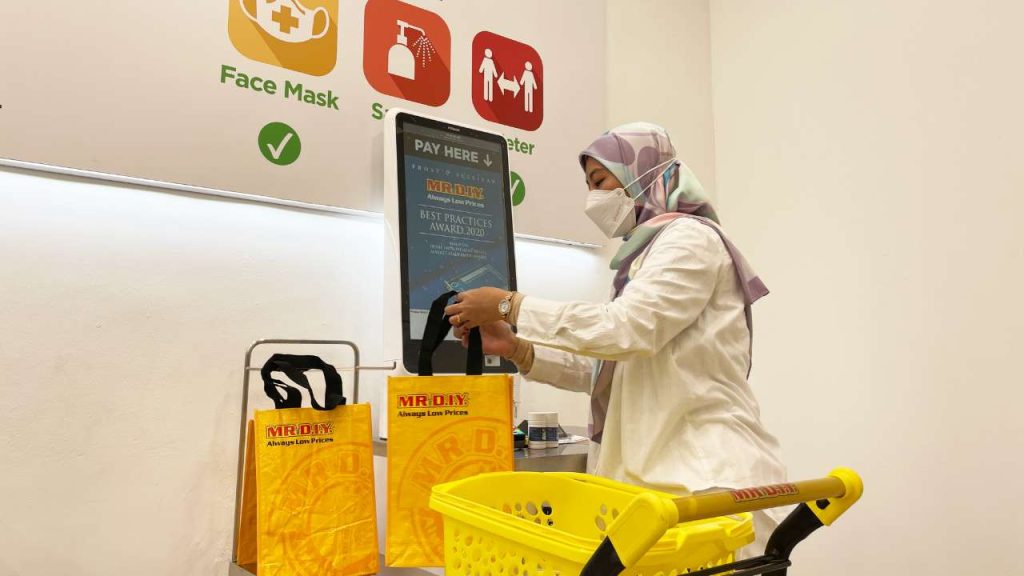A self-service kiosk, an innovative blend of technology and convenience, transforms how customers interact in various settings. From retail store self-checkout kiosks to restaurant self-ordering kiosks, these kiosk machines provide users a seamless and efficient experience. In this article, we delve into the components of a kiosk machine and its burgeoning role in different industries.
Understanding the Anatomy of a Self-Service Kiosk
A self-service kiosk consists of three critical parts: the body, the brain, and the heart.
- The Body: This refers to the kiosk’s physical structure, including the display and housing. It holds the screen and safeguards the kiosk’s internal mechanisms.
- The Brain: The software of the kiosk machine, which is the most sophisticated part, facilitates user interaction and transaction processing.
- The Heart: This includes card readers, barcode scanners, and printers. These elements are crucial in specialized kiosk machines like self-checkout and self-ordering kiosks.
Key Components of Kiosk Machines
- Touch Screen Display
A fundamental feature of any kiosk, the touch screen offers an intuitive interface similar to smartphones, enhancing user engagement.
- Receipt Printer
Depending on the kiosk’s function, a printer might be necessary. For instance, self-checkout kiosks in retail stores often require high-performance printers for quick receipt printing.
- Barcode Scanner
Essential for quick and secure data processing, scanners in kiosks can read various codes, enhancing the efficiency of self-service transactions.
- Card Reader
As credit cards remain a dominant payment method, incorporating a card reader is vital for any transactional kiosk machine, particularly in self-service kiosks at restaurants and retail outlets.
- Bill/Coin Acceptor
To cater to customers who prefer cash transactions, bill and coin acceptors are integral in self-checkout and self-ordering kiosks.
- Speaker and Camera
These peripherals, while optional, add value to a kiosk by providing auditory guidance for visually impaired users and enhancing security.
Software: The Driving Force Behind Kiosk Machines
Like a computer, a kiosk cannot operate without software. The software, ranging from basic operating systems to complex transactional applications, is the backbone of kiosk functionality, connecting the kiosk to systems like POS and cashiering.

Expanding the Horizon: Diverse Applications of Self-Service Kiosks
Self-service kiosks, including self-checkout and self-ordering machines, are increasingly prevalent in various sectors. They streamline processes like order placement, visitor check-in, customer registration, and wayfinding. As a result, they not only enhance customer experiences but also boost operational efficiency.
Your Partner in Self-Service Solutions
As the use of kiosks grows, their importance in customer service-oriented industries becomes more evident. A kiosk machine is not just a tool; it’s a comprehensive solution for enhancing customer interactions and driving business growth. As your trusted partner, we are committed to guiding you through the journey of implementing self-service solutions, ensuring they align perfectly with your specific requirements.

